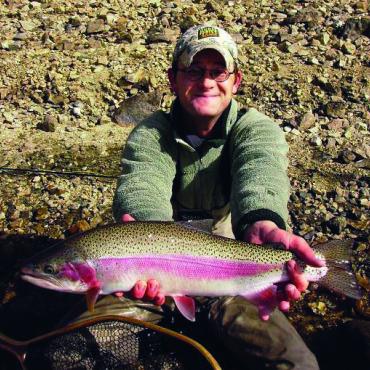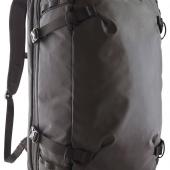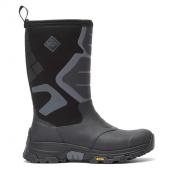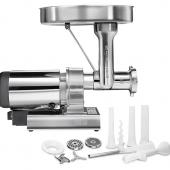Carry Capacity
Packs for the job.
Having hauled more animal protein on my back than I care to recount, I have learned one thing: a good pack is a necessity for any serious hunter. No matter the intended quarry, the ability to carry gear and game comfortably and efficiently can add a huge degree of comfort and enjoyment to the hunt. There are numerous types, styles, and varieties of hunting packs. Some are made for multi-day sojourns deep into the backcountry, while others simply carry extra shells, dead birds, and water. Without delving to deeply into the world of packs, for simplicity sake there are three types: haulers, daypacks, and upland packs / bird vests.
Haulers
As the name implies, these packs are made for carrying loads in excess of 25 pounds. There are two different types of hauling packs: internal frame and external frame. Internal-frame packs are lighter as a whole, and tend to conform better to the body, thus allowing the wearer to tackle more difficult terrain with less fatigue. External-frame packs are a bit bulkier but can, in general, handle much larger and more awkward loads, making it a bit easier to carry both meat and gear. As someone who has packed many a critter off many a far-flung mountain, I find that incorporating the two tends to save a lot of wear and tear. On the way in, load your internal-frame pack with all the necessary gear one normally would. Strap the loaded pack directly onto a bare-bones external frame and you’re all set. Leave the frame at base camp or your rendezvous point and continue to hunt. If you’re lucky and get an animal down, you can make the first trip out with the internal frame, and then head back to the kill with the larger external frame. Do it right and this system may just get everything back to the trailhead with less strain and fewer trips.
Daypacks
There are hundreds of daypack styles and models on the market. Some are simply a camouflaged version of what you used back in the day to lug your books to school. Others are “Tommy tacti-cool,” with superfluous military-style straps, pouches, and the like. When choosing a daypack, focus on what type of hunting you’ll be doing, your intended game, the habitat in which it lives, and what gear you absolutely have to bring along for a day in the field. Make sure your chosen pack keeps gear organized and accessible. Also pay close attention to fit and form, as an uncomfortable or ill-fitting pack can cause issues when that sought-after shot opportunity arises.
Upland Packs & Game Vests
These cargo carriers are best suited to bird and small-game hunting, as they aren’t designed or intended for heavy loads. In recent years, many improvements have been made to the traditional game vest. Better suspension, hydration pockets, and fewer catch points are among some of the improvements. When considering an upland pack or game vest, make sure it can carry a full day’s worth of ammo, snacks and water, an extra layer, and of course, a full limit of birds—not to mention extra water for your bird dog, if you’ve got one along. Nothing on the pack or vest should interfere with the shouldering of a weapon, or your freedom and ease of movement. Make sure that the pack or vest is roomy enough to fit over layers, but not too loosely.













